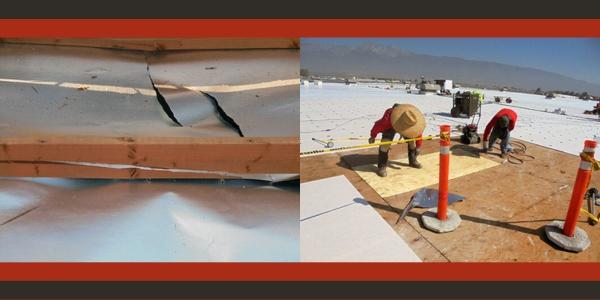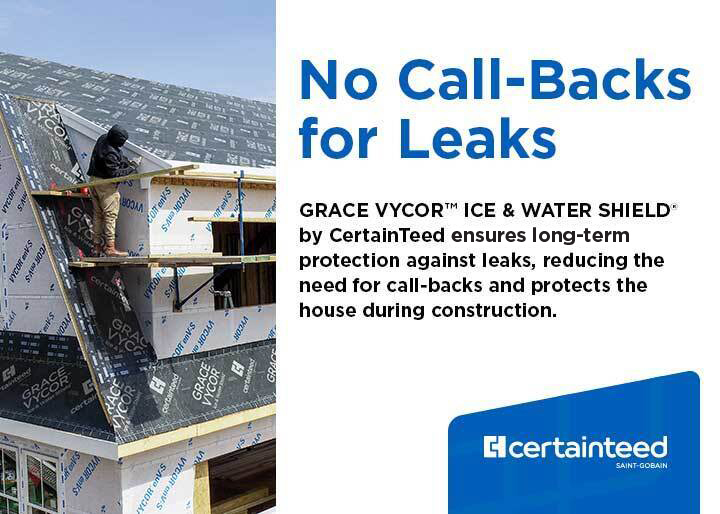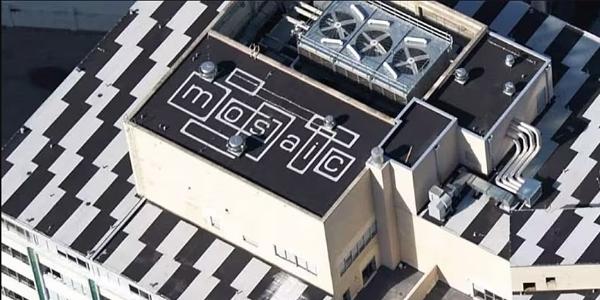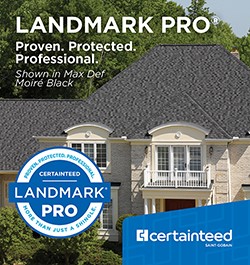A guide to low-slope asphaltic roofing systems
March 28, 2025 at 12:00 a.m.By GAF.
Maximize performance on your next commercial project with a durable and cost-effective low-slope roofing option.
Building owners often rely on you to help them find the roofing system that will provide the best long-term performance and durability. Asphaltic roofing systems offer proven solutions for low-slope commercial applications, each with unique benefits suited for different environment and project needs. These systems provide excellent weather resistance, flexibility and multi-layer protection, helping you deliver high-quality roofing solutions while maintaining efficiency on the job.
GAF experts put together a closer look at SBS-modified bitumen, APP-modified bitumen and built-up roofing (BUR) systems – including their advantages, installation methods and how they contribute to a strong, reliable roof – to help you decide the best solution for your next project.
Styrene-Butadiene-Styrene (SBS)
SBS roofing systems are created by enhancing bitumen (asphalt) with a synthetic rubber polymer, which produces a factory-manufactured modified bitumen membrane. SBS-modified bitumen is more flexible than the base bitumen due to the elasticity of the added polymer to the base asphalt, making the material more resilient and flexible in areas with large temperature swings or cold climates. Cold temperatures can make roofing material brittle and prone to cracking, but the elasticity of SBS roofing membranes allows them to expand and contract with ease.
This flexibility can help prevent fractures that can be caused by thermal cycling that may lead to leaks. The multiple layers ensure that if one layer develops an issue, the other layers can continue protecting the roof system from the elements. Its granule surfacing also allows SBS to better absorb impacts, so it's a popular solution for roofs that handle high foot traffic.
How to install SBS
You can install SBS rolls using heat-welded tools (torch-applied), cold-applied, hot-asphalt, mechanically fastened or self-adhered methods. Install cap membranes with granulated surfacing layer for SBS roofing assemblies to add robust protection against ultraviolet (UV) rays and make it visibly appealing with various color options.
Atactic Polypropylene (APP)
APP is a modified bitumen that excels in low-slope roofing systems. Modifying asphalt with an APP polymer gives the material better UV resistance and makes it easier to install in warm temperatures as its melting point is higher than an SBS membrane assembly. Additionally, it provides more rigid plastic-like properties compared to SBS polymers. The UV protective capabilities translate to reduced heat transfer in hot weather.
APP roofing membranes can have a long lifespan since aging and wear from the sun's rays degrade them slower. By adding a granulated cap, this protection can prolong the lifespan even further.
How to install APP
The torch-applied method is the most common way to install APP-modified bitumen material. It can then be topped with a smooth or granule surfacing. Most APP membranes contain a polyolefin burn-off film, which not only protects the modified bitumen while rolled up but also acts as an indicator as its appearance goes from shiny to a dull look when heat is applied, allowing the installer to know that the membrane is close to its optimal temperature for the install. Since APP roofs are recommended in sunny areas, you can improve their capabilities using granule surfacing, which also increases their ability to handle foot traffic by adding that added layer of durability in a cap membrane.
Built-Up Roofing (BUR)
Built-up roofing (BUR) is formed by alternating layers of asphalt and reinforcing felts made of fiberglass. The roofing system starts with a base sheet of asphalt mixed with fiberglass spot mopped or fully adhered over the substrate. This base sheet is the foundation for the rest of the layers installed over it. Reinforcing felts are installed between the layers of hot asphalt. BUR roofing membranes can boost a building's energy efficiency by regulating temperatures and preventing heat transfer.
Asphaltic roofing systems like these work exceptionally well on low-slope roofs. Their construction gives them excellent protection, allowing them to function well on roofs where ponding water is a concern. The multiple layers ensure that if one layer is compromised, the remaining plies prevent leaks and keep water out. The layers of reinforced fabrics also add structural strength and provide advantages when handling foot traffic. BUR cap membranes containing oxidized asphalt blends are typically installed over the top of these base membrane plies to provide added durability to this system. In some applications, a thick layer of asphalt and gravel can also be added in place of a factory-manufactured roll. This application is called flood and gravel. Use caution when installing a flood and gravel layer, as this requires proper building design to allow for heavier roof loads.
How to install BUR
You can install BUR membranes using the traditional hot-mop method, where you melt asphalt and spread it on the surface with a mop. You can also use cold asphalt adhesive for cap-ply installation where the material is deemed compatible. The last surfacing layer for BUR systems can be composed of either a granulated cap membrane or a layer of flood coat and gravel.
Since built-up roofs use an oxidized asphalt blend, it can in some installation applications be considered less of a system when comparing to the benefits of SBS and APP. However, you can combine the different technologies and use BUR as a base while using SBS or APP in the cap ply layers to get their additional UV resistance and weather-protective capabilities.
Choosing the right material for the job
Asphalt roofing systems are commonly used in commercial applications for low-slope roofs due to their enhanced durability over single-ply counterpart applications and versatility of application styles and membrane choices. As an added bonus to the building owner or design team, these SBS asphaltic technologies can be combined with a fleeceback single-ply membrane to create a hybrid assembly which provides the benefit of a multi-layer application with the aesthetics and performance of a single-ply cap membrane. Fortunately, these technologies can be combined into a hybrid system to provide excellent protection against all elements.
Interested to learn more about asphaltic products? Check out the Asphaltic Commercial Roofing 101 playlist on the GAF YouTube channel.
Original article and image source: GAF
Learn more about GAF in their Coffee Shops Directory or visit www.GAF.com.
Recommended For You

The power of strategic business investments in the roofing industry
Read More ...
Ensuring the strength of every roof
Read More ...
5 reasons investing in metal is worth it
Read More ...


















Comments
Leave a Reply
Have an account? Login to leave a comment!
Sign In